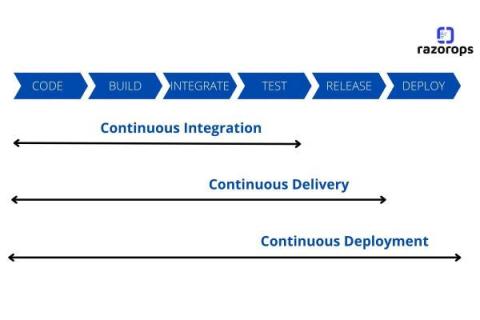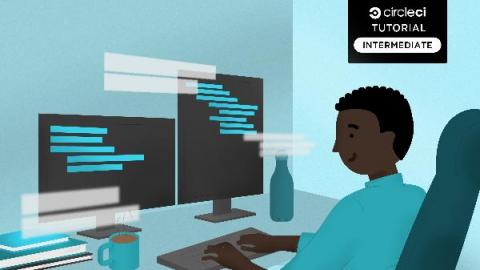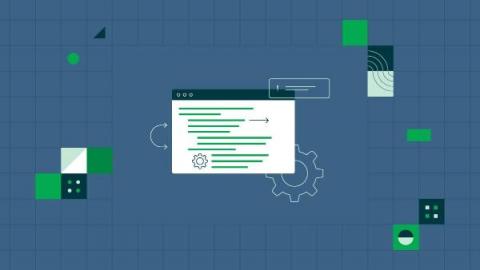Operations | Monitoring | ITSM | DevOps | Cloud
CI CD
The latest News and Information on Continuous Integration and Development, and related technologies.
Your SpringShell (Spring4Shell) Remediation Cookbook Using the JFrog Platform
SpringShell (Spring4Shell) Zero-Day Vulnerability CVE-2022-22965 : All You Need To Know
How to automate verification of deployments with Argo Rollouts and Elastic Observability
Shipping complex applications at high velocity lead to increased failures. Longer pipelines, scattered microservices, and more code inherently lead to bigger complexity where small mistakes may cost you big time.
Difference between Continuous Integration, Continuous Deployment and Continuous Delivery
Continuous integration is a DevOps practice, where developers continuously integrate the code changes into a central repository. It most often refers to the build or the integration stage of the software release process.A continuous integration service helps to automatically build and run unit tests on the new code changes to find any errors instantly.
Scheduling load tests and persisting output with k6
In this k6 series I have covered HTTP request testing with k6 and performance testing with k6. I designed these tutorials to introduce you to k6 and to show you how to use k6 for performance testing of microservices. As the third tutorial in the k6 series, this will cover how you can store your k6 test results locally and also how to schedule your load tests using CircleCI’s scheduled pipelines feature.
Infrastructure As Apps: The GitOps Future of Infra-as-code
Infrastructure-as-apps builds on infrastructure-as-code to a logical endpoint by bringing in principles of GitOps management. The term is something I coined in 2021 to describe an existing movement to bring infrastructure into the same lifecycle control as applications under GitOps. Examples of Infra-as-apps tools include Argo CD, Crossplane, Cluster API, Cello, or even SchemaHero for databases and the list is always growing. Some of the benefits of infra-as-apps include Read on to understand why.
Argo CD Best Practices
Within this blog post, we’ll be highlighting some best practices tied to Argo CD, that allow you to leverage GitOps easily within your deployment workflow.
How Lightspeed optimized iOS test runs with parallelism and caching
At Lightspeed, we maintain multiple large iOS projects as well as their modularized dependencies. The last year of acquisitions brought together many different approaches to CI/CD at our company. I recently led the initiative to bring these projects and practices into alignment. In this post, I will explain the goals we had for our continuous integration pipeline and the implementations we used to achieve them.
Config best practices: concurrency and parallelism
When is the last time you updated your CI/CD workflow? A year ago? Never? You are not alone, my friends. Reconfiguring workflows can be one of the most daunting tasks for DevOps practitioners. But with new opportunities to benefit from CircleCI plans, there’s one simple and effective place to start: understanding concurrency and parallelism. Using concurrency and parallelism can cut your build times significantly. But you need to know what they are and how to find them in your config file.











